| Does your dog make gasping and honking sounds? It would be a reverse sneeze. Reverse sneezing, also called inspiratory paroxysmal respiration, is a fairly common respiratory event in dogs. It is thought to be caused by irritation or inflammation of the nasal, pharyngeal, or sinus passages. It is prevalent in dogs with shortened snouts along with widening of the hard palate like Pugs and Bulldogs but can happen to any dog. During a reserve sneeze, a dog will suddenly stand still; extend its head and neck with sudden, rapid and repeated inhalations through the nose, followed by snorting or gagging sounds. | |
Common Causes
Treatment
Gently massaging your dogs throat may help stop the spasms. Covering the nostrils is sometimes effective because it makes your dog swallow, which can clear out whatever is causing the irritation.
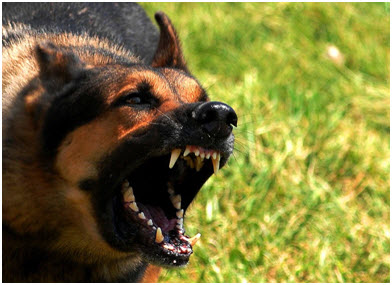

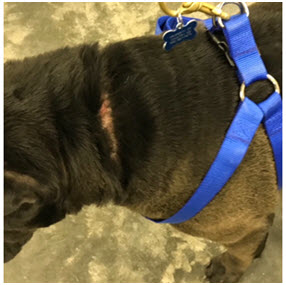
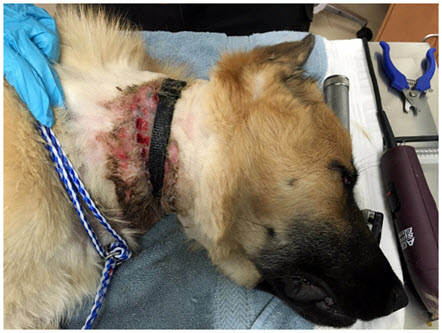

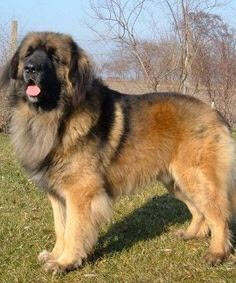


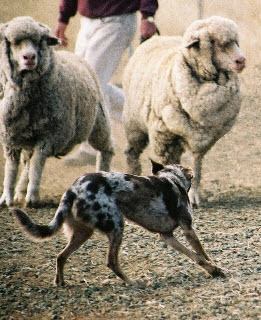

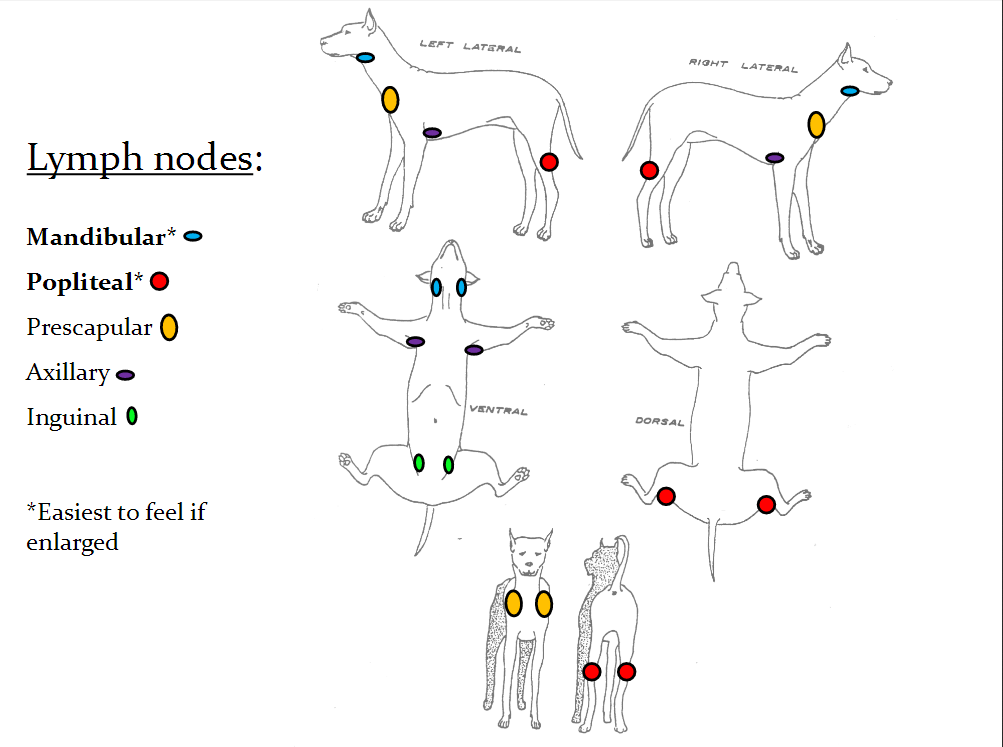

 RSS Feed
RSS Feed